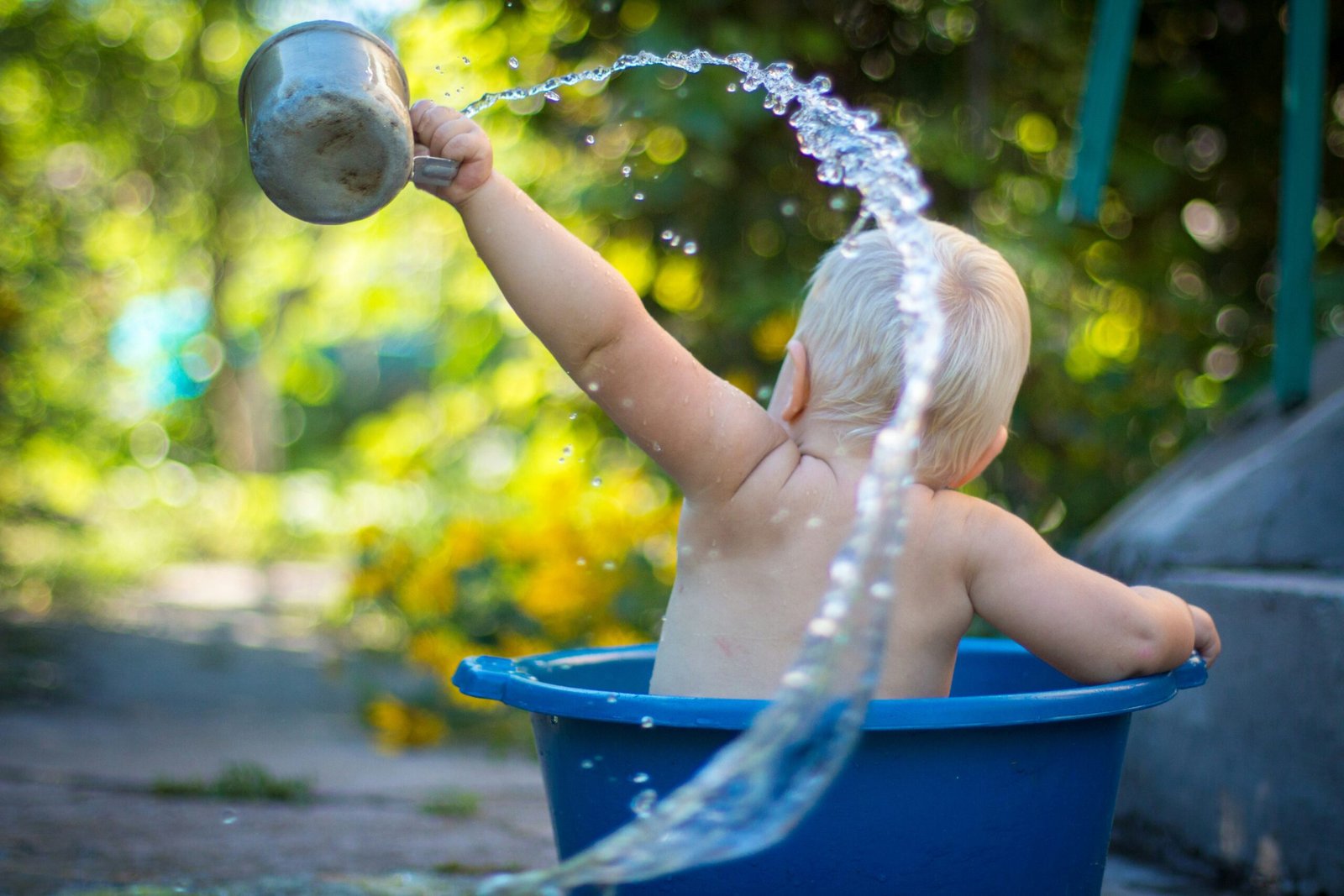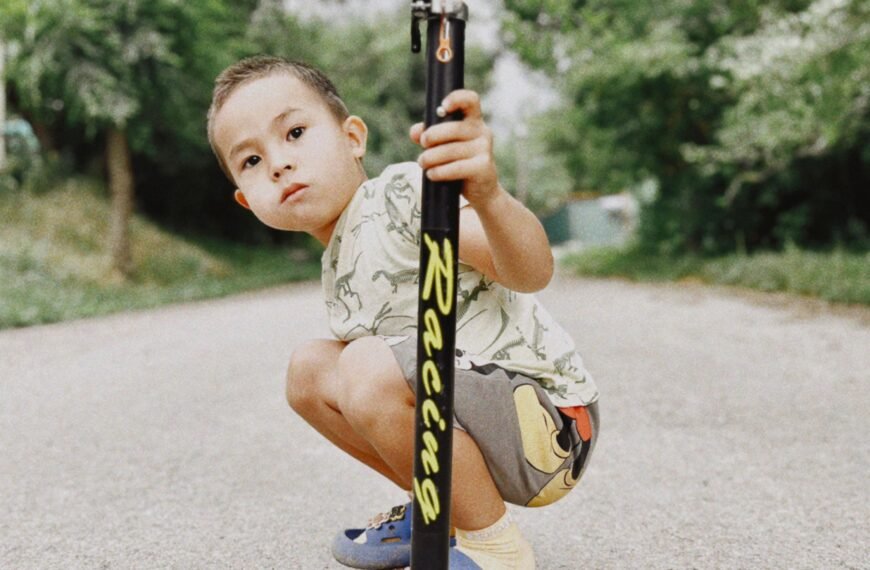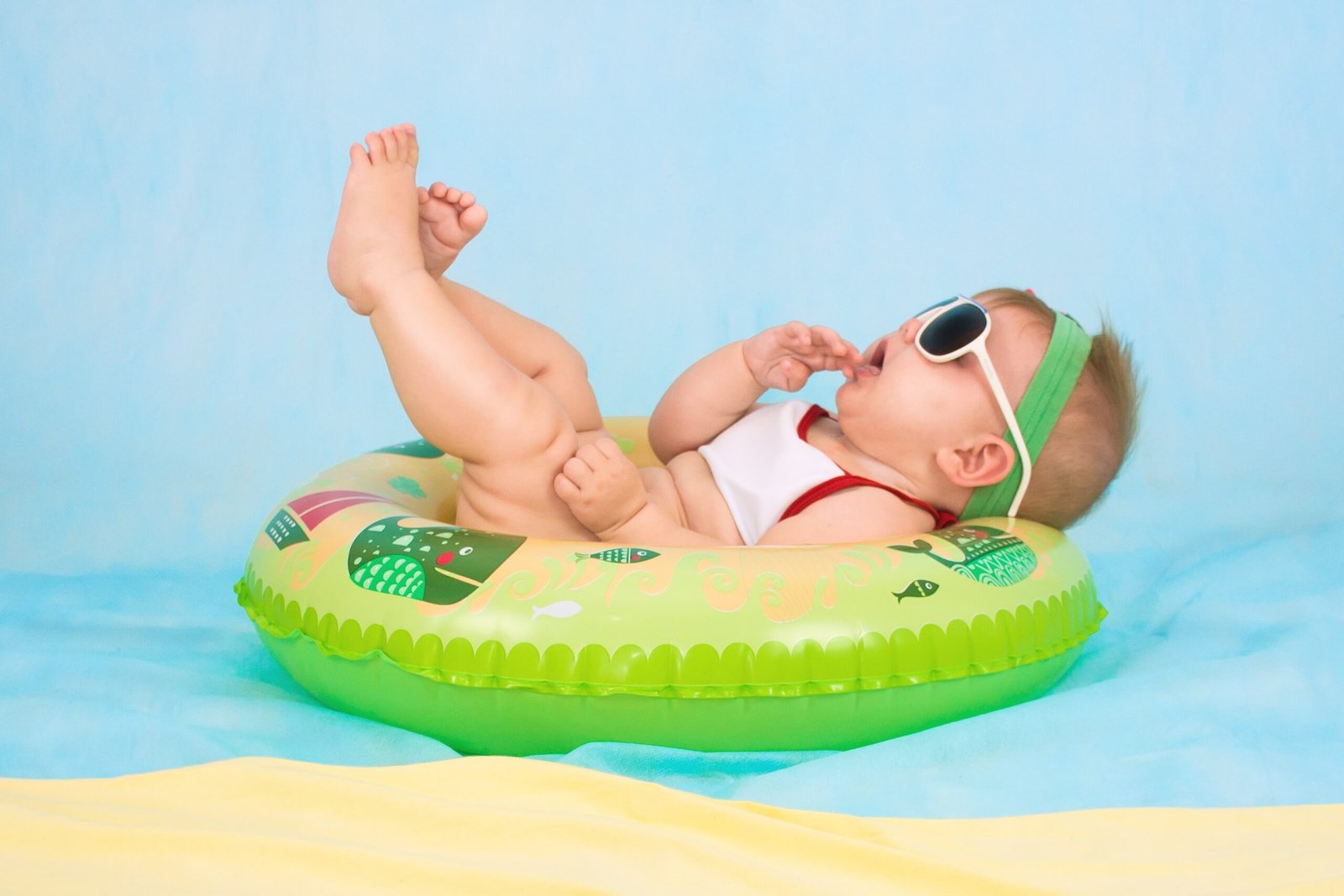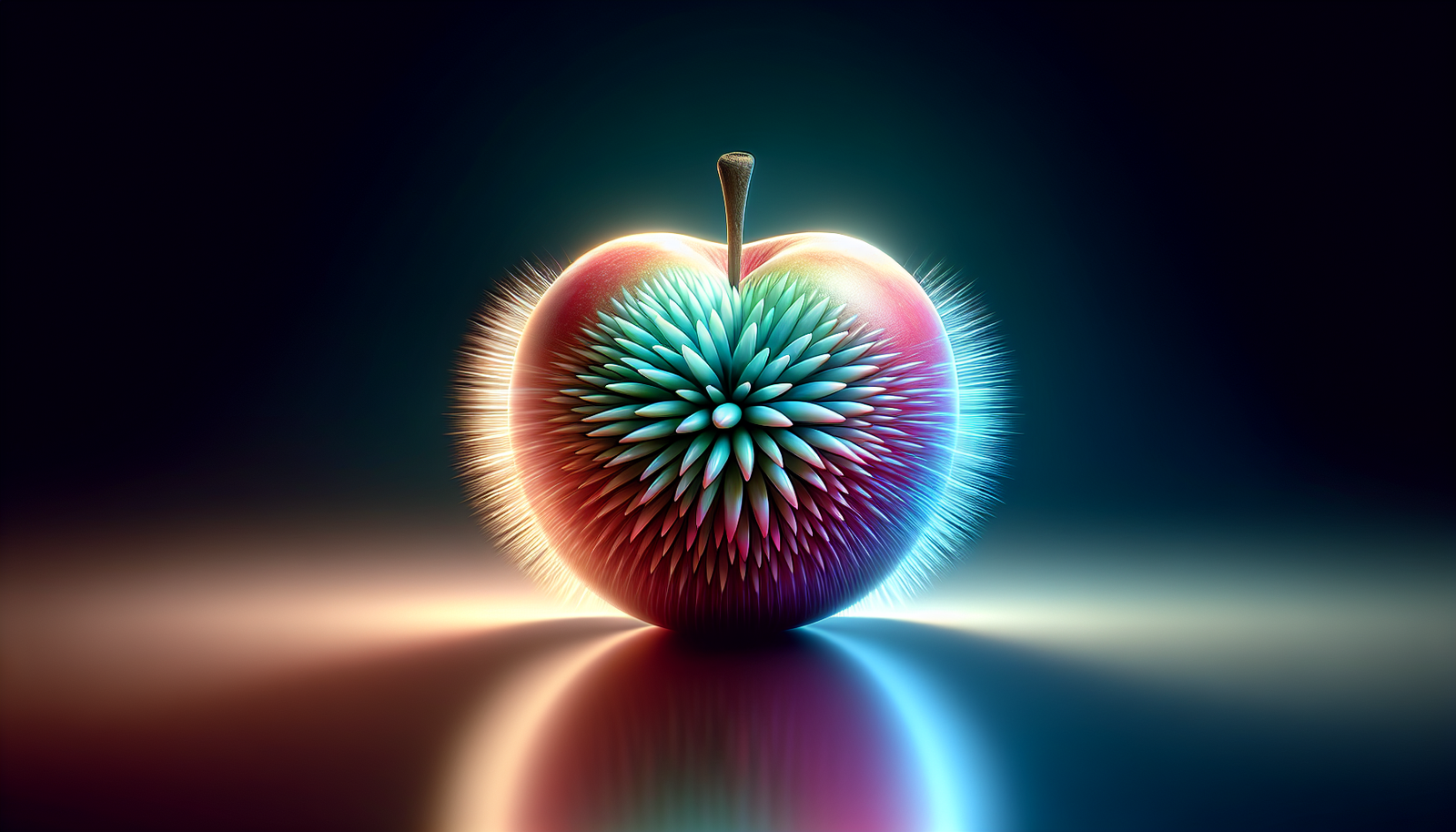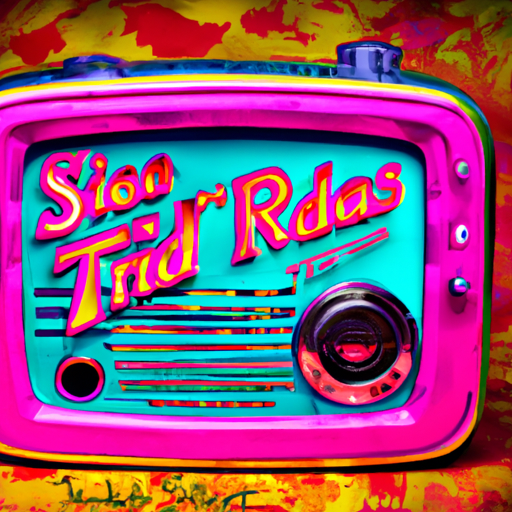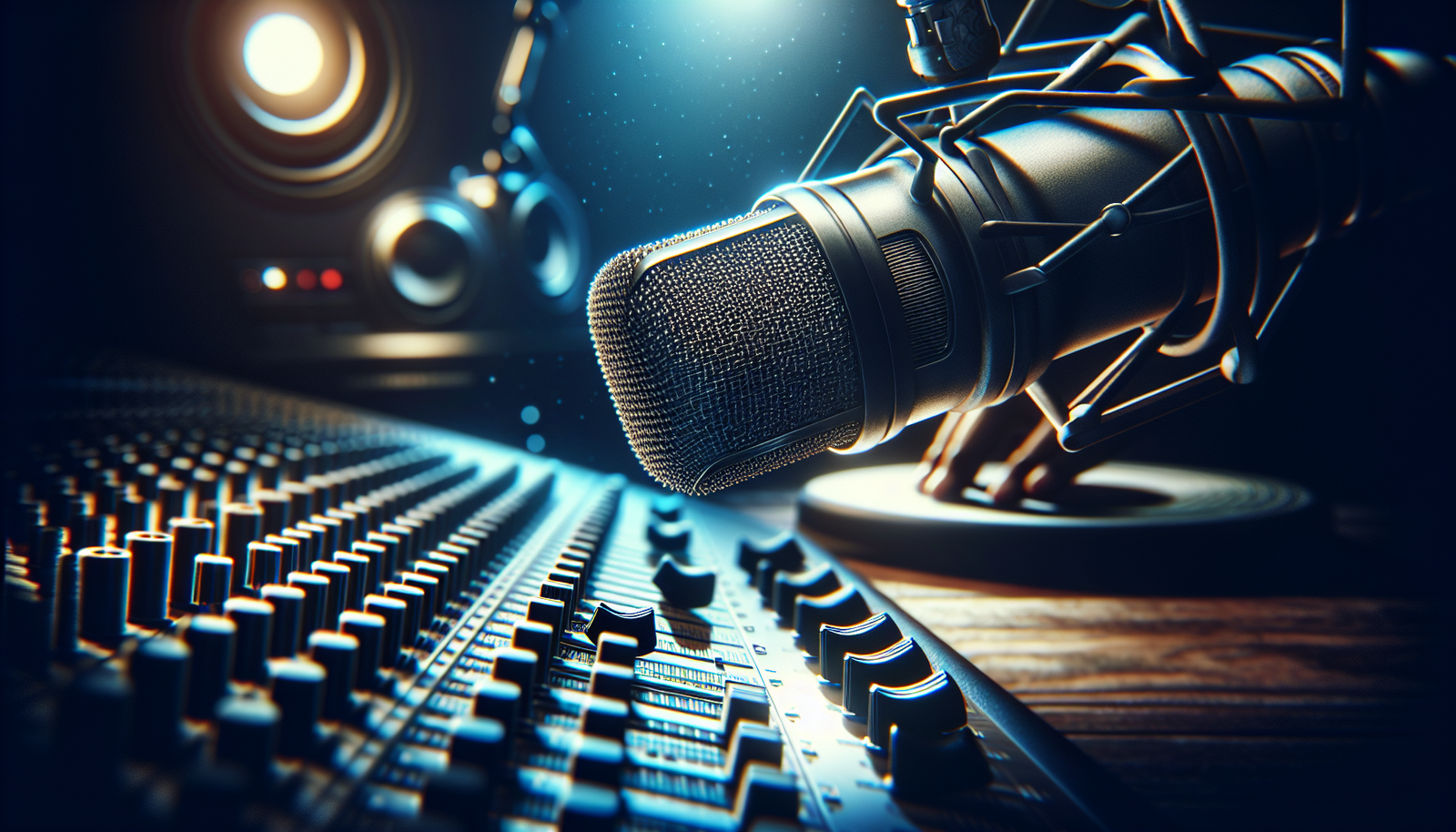If you’re a parent or caregiver, you know how quickly baby toys can become a breeding ground for germs. Keeping your little one’s toys clean and free from bacteria is important for their health and safety. But with so many options out there, it can be overwhelming to figure out what to use to disinfect baby toys. Fear not, dear reader, as we have compiled a handy guide to help you navigate through the sea of cleaning products and find the safest and most effective methods to keep those toys squeaky clean. So sit back, relax, and let us guide you on your journey to a germ-free playtime experience!

Check Baby Toys Guide & Review
Natural Methods
Vinegar Solution
One effective and natural method to disinfect baby toys is by using a vinegar solution. Vinegar is a great natural disinfectant due to its acidic properties. To create a vinegar solution, simply mix equal parts of water and vinegar in a spray bottle. This solution can be sprayed onto toys or wiped onto surfaces to kill germs and bacteria. Vinegar is gentle yet effective, making it a safe choice for cleaning baby toys.
Baking Soda Paste
Another natural method to disinfect baby toys is by using a baking soda paste. Baking soda is known for its cleaning and deodorizing properties. To create a baking soda paste, mix baking soda with a small amount of water until it forms a thick consistency. Apply the paste onto toys and scrub gently with a soft brush or sponge. The baking soda paste will help remove dirt and grime, leaving the toys clean and sanitized.
Lemon Juice
Lemon juice is not only a refreshing citrus fruit, but it can also be used as a natural disinfectant for baby toys. The acidic nature of lemon juice helps kill germs and bacteria. Simply squeeze fresh lemon juice onto a cloth or sponge and wipe down the toys. This method is particularly useful for plastic toys as it helps remove stains and odors. Lemon juice is a natural and safe option for disinfecting baby toys.
Hydrogen Peroxide
Hydrogen peroxide is a widely available household disinfectant that can be used to clean and sanitize baby toys. It is effective against a wide range of bacteria and viruses. To use hydrogen peroxide, simply pour a small amount onto a cloth or sponge and wipe down the toys. Make sure to let the toys air dry before giving them back to the baby. Hydrogen peroxide is a versatile and affordable option for disinfecting baby toys.
Soap and Water
Hand Washing
Hand washing is one of the most important and basic hygiene practices when it comes to preventing the spread of germs. To keep baby toys clean, it is essential to wash your hands before and after handling them. Use warm water and soap to thoroughly clean your hands, paying attention to areas between the fingers and under the nails. This simple habit can significantly reduce the risk of infections and keep your baby safe.
Dishwashing Liquid
Dishwashing liquid is not only great for cleaning dishes but can also be used to clean baby toys. To clean toys with dishwashing liquid, fill a sink or basin with warm water and add a few drops of dishwashing liquid. Immerse the toys in the soapy water and use a sponge or cloth to scrub away dirt and grime. Rinse the toys thoroughly with clean water and let them air dry. Dishwashing liquid is a gentle yet effective cleaning agent for baby toys.
Hot Water
Hot water is an essential tool in cleaning and disinfecting baby toys. It helps kill germs and bacteria effectively. However, it is important to note that not all toys can withstand hot water. Make sure to read the manufacturer’s instructions before using hot water to clean toys. For toys that can handle hot water, simply soak them in hot water for a few minutes, scrub them with a brush or sponge, and rinse thoroughly. Hot water is a powerful disinfecting agent when used correctly.
Commercial Disinfectants
Non-Toxic Disinfectant Sprays
If you prefer ready-made and convenient options, there are several non-toxic disinfectant sprays available in the market specifically designed for baby toys. These sprays are formulated to effectively kill germs and bacteria while being safe for babies. Simply spray the disinfectant onto the toys, making sure to cover all surfaces, and let it sit for the recommended time. Wipe off any excess disinfectant and let the toys air dry before giving them back to the baby. Non-toxic disinfectant sprays provide an easy and reliable way to disinfect baby toys.
Antibacterial Wipes
Antibacterial wipes are another convenient option for disinfecting baby toys. These pre-moistened wipes are specially formulated to kill germs and bacteria on surfaces. Simply take a wipe and thoroughly clean the toys, making sure to cover all areas. Pay special attention to crevices and hard-to-reach spots. Antibacterial wipes are portable and can be used on-the-go, making them a convenient option for parents who are always on the move.
Disinfecting Solutions
There are various disinfecting solutions available in the market that are specifically designed for cleaning and sanitizing baby toys. These solutions often come in concentrated forms that need to be diluted with water according to the manufacturer’s instructions. They are formulated to effectively kill germs and bacteria while being gentle on baby toys. Simply mix the disinfecting solution with water as instructed and soak the toys in the solution for the recommended time. Rinse the toys thoroughly with clean water and let them air dry. Disinfecting solutions provide a reliable and efficient way to disinfect baby toys.
Disinfecting UV Light
Another innovative option for disinfecting baby toys is by using disinfecting UV light. UV light has been proven to effectively kill germs and bacteria. UV light sterilizer devices are specifically designed to disinfect baby toys without the use of chemicals or water. Simply place the toys inside the UV light sterilizer and turn it on according to the manufacturer’s instructions. The device will emit UV light, effectively killing germs and bacteria on the toys. Disinfecting UV light is a convenient and chemical-free method for keeping baby toys clean and sanitized.
Steam Cleaning
Steam Cleaners
Steam cleaners are a powerful and effective method for disinfecting baby toys. They use the power of heat and steam to kill germs and bacteria. Simply fill the steam cleaner with water, wait for it to heat up, and run the steam over the toys. The high temperature of the steam will effectively sanitize the toys, eliminating the need for harsh chemicals. Steam cleaners are versatile and can be used on a wide range of surfaces, making them a great investment for parents.
Microwave Sterilizers
Microwave sterilizers are specifically designed for quickly and effectively disinfecting baby toys. These devices use the heat generated by the microwave to kill bacteria and germs. Simply place the toys inside the sterilizer, add a small amount of water, and microwave for the recommended time. The heat will sanitize the toys, making them safe for your baby to play with. Microwave sterilizers are a convenient option for busy parents who want to ensure their baby toys are clean and germ-free.

UV-C Light Sterilizers
Benefits of UV-C Light
UV-C light is a type of ultraviolet light that has been scientifically proven to have powerful germicidal properties. It effectively kills bacteria, viruses, and other pathogens by disrupting their DNA. UV-C light sterilizers are specifically designed to emit this type of light, making them an efficient and chemical-free method for disinfecting baby toys. UV-C light sterilizers can be used on a wide range of toys, including plastic, rubber, and fabric.
Using UV-C Light for Toys
To use UV-C light for disinfecting baby toys, simply place the toys inside the UV-C light sterilizer and turn it on according to the manufacturer’s instructions. The device will emit UV-C light, effectively killing germs and bacteria on the toys’ surfaces. Make sure to follow the recommended exposure time to ensure optimal disinfection. UV-C light sterilizers provide a quick and efficient way to disinfect baby toys without the need for chemicals or water.
Bleach Solution
Preparing a Bleach Solution
Bleach is a strong disinfectant that can effectively kill germs and bacteria on baby toys. To prepare a bleach solution, mix 1 tablespoon of bleach with 1 gallon of water. Make sure to use unscented bleach to avoid any strong odors. Wear gloves and work in a well-ventilated area when handling bleach. Immerse the toys in the bleach solution for 5 minutes, making sure to cover all surfaces. Rinse the toys thoroughly with clean water and let them air dry. It is important to note that bleach should be used sparingly and only as a last resort for disinfecting baby toys.
Bleaching Guidelines
When using bleach to disinfect baby toys, it is important to follow certain guidelines to ensure safety. Always dilute the bleach properly as directed and avoid using bleach on colored or painted toys as it may cause discoloration or damage. Use bleach sparingly and only when other disinfection methods are not suitable. Rinse the toys thoroughly with water after disinfection to remove any residue. It is also essential to keep bleach out of reach of children and pets to prevent accidental ingestion or contact.
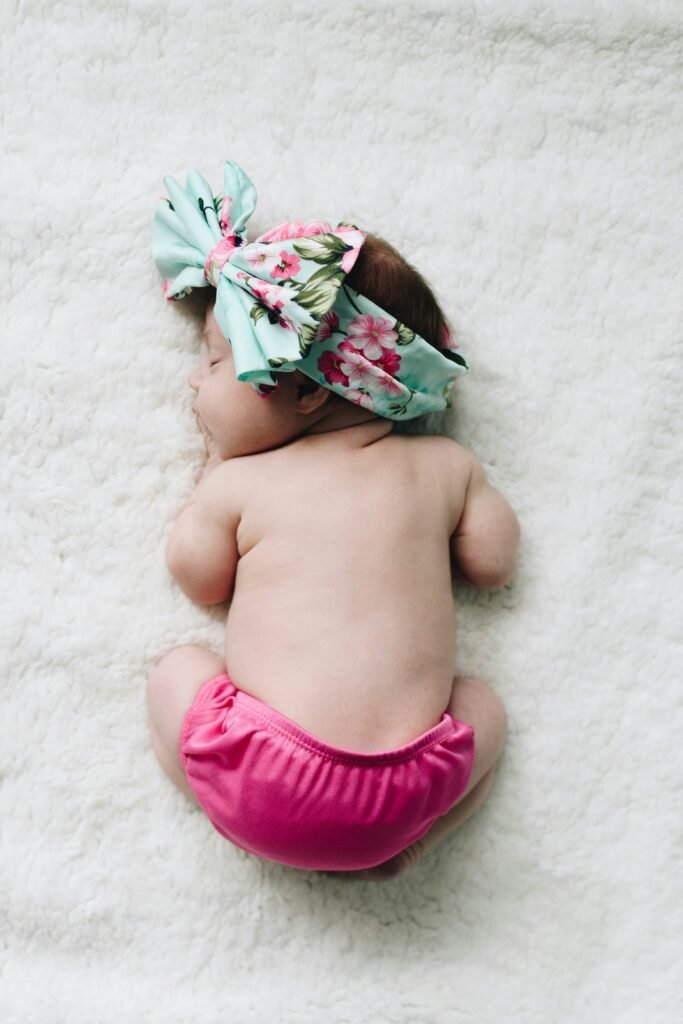
Frequency of Cleaning
Daily Cleaning
Daily cleaning of baby toys is important to maintain a clean and germ-free environment. Wipe down toys with a mild soap and water solution or a disinfectant spray after each use. Pay special attention to toys that are frequently mouthed or come into contact with bodily fluids. Regularly cleaning toys that are used on a daily basis will help prevent the buildup of germs and bacteria, keeping your baby safe and healthy.
Weekly Cleaning
In addition to daily cleaning, it is recommended to deep clean baby toys on a weekly basis. This involves more thorough cleaning and disinfection to ensure all surfaces of the toys are free from germs and bacteria. Depending on the type of toys, this can include soaking them in a disinfecting solution, running them through a steam cleaner, or using UV-C light sterilizers. Weekly cleaning provides an extra layer of protection and peace of mind for parents.
After Illness
When your baby is sick, it is crucial to take extra precautions to prevent the spread of germs and bacteria. This includes thoroughly cleaning and disinfecting baby toys that have come into contact with the sick child. Follow the appropriate cleaning methods mentioned earlier, paying extra attention to toys that have been mouthed or coughed/sneezed on. Disinfecting toys after an illness not only prevents the spread of the illness but also helps maintain a healthy environment for your baby.
Cleaning Tips
Disassemble Toys
Some baby toys have removable parts or can be taken apart for easier cleaning. It is recommended to disassemble toys whenever possible to ensure all surfaces are cleaned and disinfected thoroughly. This includes removing batteries, detachable parts, and fabric covers, if applicable. Follow the manufacturer’s instructions for disassembling and reassembling the toys to avoid any damage or malfunction.
Soaking Toys
Soaking baby toys in a disinfecting solution can be an effective way to remove dirt and kill germs. Depending on the type of toys, you can soak them in a solution of warm water and soap, a vinegar solution, or a bleach solution (if appropriate). Allow the toys to soak for the recommended time, then scrub them with a brush or sponge to remove any remaining dirt or grime. Rinse the toys thoroughly with clean water and let them air dry. Soaking toys provides a deep cleaning and disinfection, leaving them fresh and germ-free.
Avoid Submerging Electronics
When cleaning baby toys, it is important to avoid submerging electronic toys in water or any liquid cleaning solution. Water can damage the electronic components of the toys, rendering them inoperable or unsafe. Instead, use a damp cloth or disinfectant wipes to clean the surfaces of electronic toys. Make sure to follow the manufacturer’s instructions for cleaning and disinfecting electronic toys to avoid any damage.
Drying Properly
Proper drying of baby toys is just as important as cleaning and disinfecting them. Moisture can create an environment for the growth of mold and mildew. After cleaning, make sure to thoroughly air dry the toys before giving them back to your baby. This can be done by placing the toys on a clean towel or hanging them to dry. Avoid using a hairdryer or any source of heat to dry the toys, as it may cause damage. Proper drying will help prolong the life of the toys and ensure they are safe for your baby to play with.
Safety Precautions
Read Product Labels
When using any cleaning or disinfectant products, it is important to carefully read and follow the instructions and warnings on the product labels. Each product may have specific guidelines and precautions that need to be followed to ensure safety and effectiveness. Pay attention to any age restrictions, ingredients, and recommended usage instructions. Taking the time to read product labels will help you choose the right products and use them correctly.
Avoid Harsh Chemicals
When it comes to disinfecting baby toys, it is best to avoid harsh chemicals that may be harmful to your baby. Choose gentle and non-toxic cleaning solutions or commercial products specifically formulated for baby toys. Harsh chemicals can leave residue on toys and may pose a risk if ingested or touched by your baby. Opt for natural or child-friendly cleaning products to ensure the safety of your baby.
Avoid Strong Odors
Strong-smelling cleaning products may contain chemicals that can be irritating to your baby’s respiratory system. When choosing cleaning products, opt for ones with minimal fragrance or those labeled as hypoallergenic. Avoid using products with overpowering odors that may linger on the toys even after rinsing. Opting for products with mild scents or fragrance-free options will help create a safer and more pleasant environment for your baby.
Keep Chemicals Out of Reach
It is crucial to store cleaning products and disinfectants out of reach of children. Babies and young children are naturally curious and may try to ingest or play with cleaning products if they are accessible. Always keep chemicals in a locked cabinet or in a high, unreachable place. Additionally, make sure to secure any cords or plugs from electronic cleaning devices to prevent accidents. Keeping chemicals out of reach will help prevent accidental ingestion or contact and ensure the safety of your baby.
Final Thoughts
Choose Suitable Methods
When it comes to disinfecting baby toys, there are various methods to choose from. It is important to evaluate the type of toys, the level of dirt or grime, and any specific cleaning instructions provided by the manufacturer. Choosing suitable methods based on these factors will ensure effective cleaning and disinfection of baby toys. Whether you opt for natural methods, commercial disinfectants, steam cleaning, UV-C light sterilizers, or bleach solutions, always prioritize the safety and well-being of your baby.
Adapt to Baby’s Needs
Babies have unique needs, preferences, and sensitivities. It is important to adapt the cleaning and disinfection methods to suit your baby’s specific needs. Pay attention to any allergies or sensitivities your baby may have and choose cleaning products accordingly. Additionally, observe your baby’s reactions to different cleaning methods and adjust accordingly. By adapting to your baby’s needs, you can ensure a clean and safe environment for them to play and explore without compromising their health or comfort.
In conclusion, keeping baby toys clean and germ-free is essential for maintaining a healthy environment for your baby. By utilizing natural methods, soap and water, commercial disinfectants, steam cleaning, UV-C light sterilizers, or bleach solutions, you can effectively disinfect baby toys. Remember to clean toys daily, deep clean them weekly or after illness, and follow proper cleaning and disinfection techniques. By prioritizing safety precautions, choosing suitable methods, and adapting to your baby’s needs, you can provide a clean and safe play environment for your baby.

